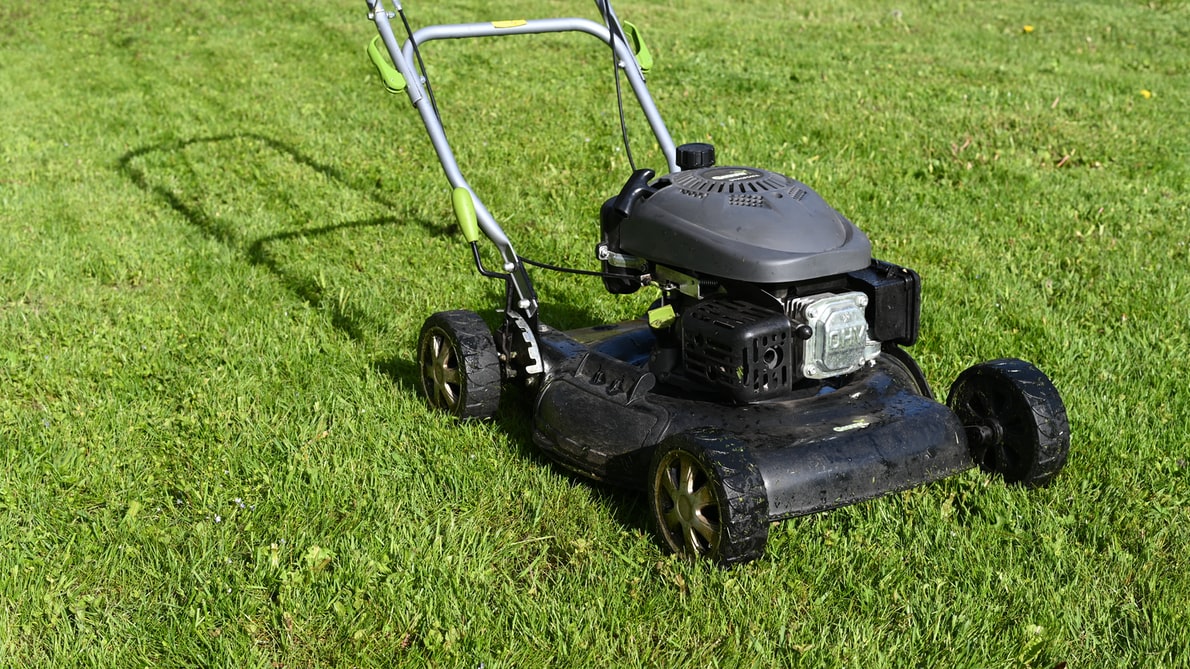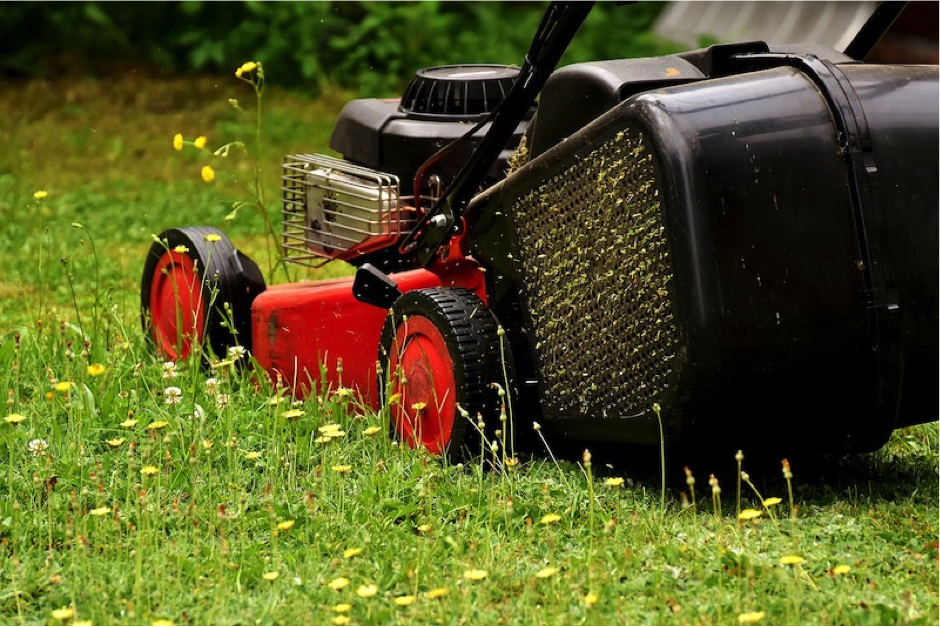Are You Sowing The Lawn In Preparation For Spring

The objective for most homeowners is to achieve a lush, brilliant, thriving lawn in a lovely green hue!

The ideal landscape to stroll barefoot, relax on a warm afternoon with a good book, or entertain with friends. No one wants a parcel with dead patches and weeds as the focal point.
Many people perform lawn maintenance in a “do-it-yourself” capacity, like starting seeds or laying sod, fertilizing, weeding, mowing, using the most beneficial products to produce a garden neighbours will envy. Please visit this website for examples of top-of-the-line lawn care products.
Whether the space is small or large, having adequate tools, supplies, and quality products is half the battle, along with a carefully created outline of the intended garden’s outcome. The process will go more smoothly when you’re prepared ahead of the season. How can you get the perfect lawn in Australia? Check these tips here.
Let’s review some DIY lawn care tips to help produce a healthy garden of any size in the spring season.
Sewing Lawn: DIY Projects For A Beautiful And Unique Yard
When performing “do-it-yourself” landscaping, it’s vital to be prepared with the right tools, quality products, and necessary supplies. You will also need guidelines for what you want to accomplish at the end of the project.
If you have dead patches or the lawn is less scraggly, sewing seeds will be a significant component of the plan to get the space thick and lush. It could be to this point due to an abundance of weeds, making it necessary to eliminate these first, along with checking the soil and the moisture level beneath the ground.
Let’s look at a few essential DIY tips that will help you devise a plan for the spring season to beautify your garden.

Gently rake the space
Winter’s turbulent weather can leave twigs, leaves, and other sorts of debris strewn throughout the garden. When spring arrives, cleanup is a first step by using the most garden-friendly rake to gently clear the mess while leaving the grass intact.
Scarifying is a technique that is often done in the fall, but in spring, it can be done gently to remove moss and thatch with a grass rake (metal). The turf will develop healthier and denser with enhanced water filtration and air circulation.
Moss will try to invade once scarifying has occurred due to the available space. It is necessary to incorporate a control product after the scarification to dehydrate these, causing them to die away.
Mow the lawn in a limited capacity
For a first mow, the grass should be cut with the setting at its highest level, with this gradually being reduced as the season progresses. The idea is to cut only 1/3 of the length with each session. Avoiding damp, frosty mow sessions can prevent the soil from becoming compacted, resulting in grass damage.
The blade of mowers should always remain sharp. Water and nutrient uptake will be better for the grass, plus it prevents turf damage.
Handling the dead patches in the garden
When dead patches consume the grass, these are relatively simple to remedy. Sowing more grass seed in the same species as already applied is a simple fix. A faster method can be laying new sections of turf. You’ll want to water the areas but only when necessary.
The morning is the ideal time to water. Later in the day, the water will evaporate, and in the evenings, the water can sit on top of the soil creating an environment for fungus.

Lawncare Products
In the winter season, the lawn experiences numerous changes in overall health. Keeping up with maintenance and remaining prepared with adequate products is the priority. Most lawns will be dormant throughout the season or semi-dormant since most Australian grasses thrive in the heat.
Many take that as a sign there’s no yard work in the winter, but ideally, the winter is the best time to develop your spring plans. Some lawn products and care tips for implementing during this season include the following:
-
A liquid and slow-release fertiliser with excellent Nitrogen, Phosphorus, and Potassium ratio will allow optimum health throughout the winter season
This should be applied before the grass grows dormant to ensure nutritional uptake. The potassium is crucial since it’s responsible for strengthening, allowing the grass to survive during dormancy. Products higher in potassium are the recommendation.
You can find premium products online. Check with a local nursery or garden centre representative for suggestions or research options with potassium at higher levels.
-
Aerating is critical during the winter
Lawns can become significantly compacted in the winter, making it necessary to pay attention for the signs and how to remedy the situation. Aerating is one of the best solutions using “aerating sandals, a garden fork, or aerating equipment based on the garden’s size.” Without adequate aeration, minimal nutrients can reach the roots and putting lawn health at risk.

-
Herbicide is critical at this stage
Weed control at this stage will help with the growing season, bringing a fresh lawn with the best presentation. In the winter, most weeds not requiring sunlight thrive like the broadleaf variants, plus the soil temps encourage germination. Using an herbicide at this stage will control the emergence from the start keeping the garden free of weeds all winter and the grass dense in preparation for spring. If you’ll be sowing seeds at this point to thicken the lawn, you’ll want to avoid using herbicides. Click here for weed-killer ideas from the household that are natural and organic with minimal chemical ingredients.
Final thought
While the lawn is dormant in the winter, you should avoid mowing the grass. The garden will essentially be self-sufficient, with minimal need for a lot of maintenance during these months.
The primary objectives are to sow seeds if the lawn needs thickening, aerate if you notice the ground is becoming compact to allow uptake of the nutrients and apply herbicide, but only if you’re not sowing seeds. With the proper preparation in the winter, you’ll come into spring with a dense, green garden that is simpler to maintain.






